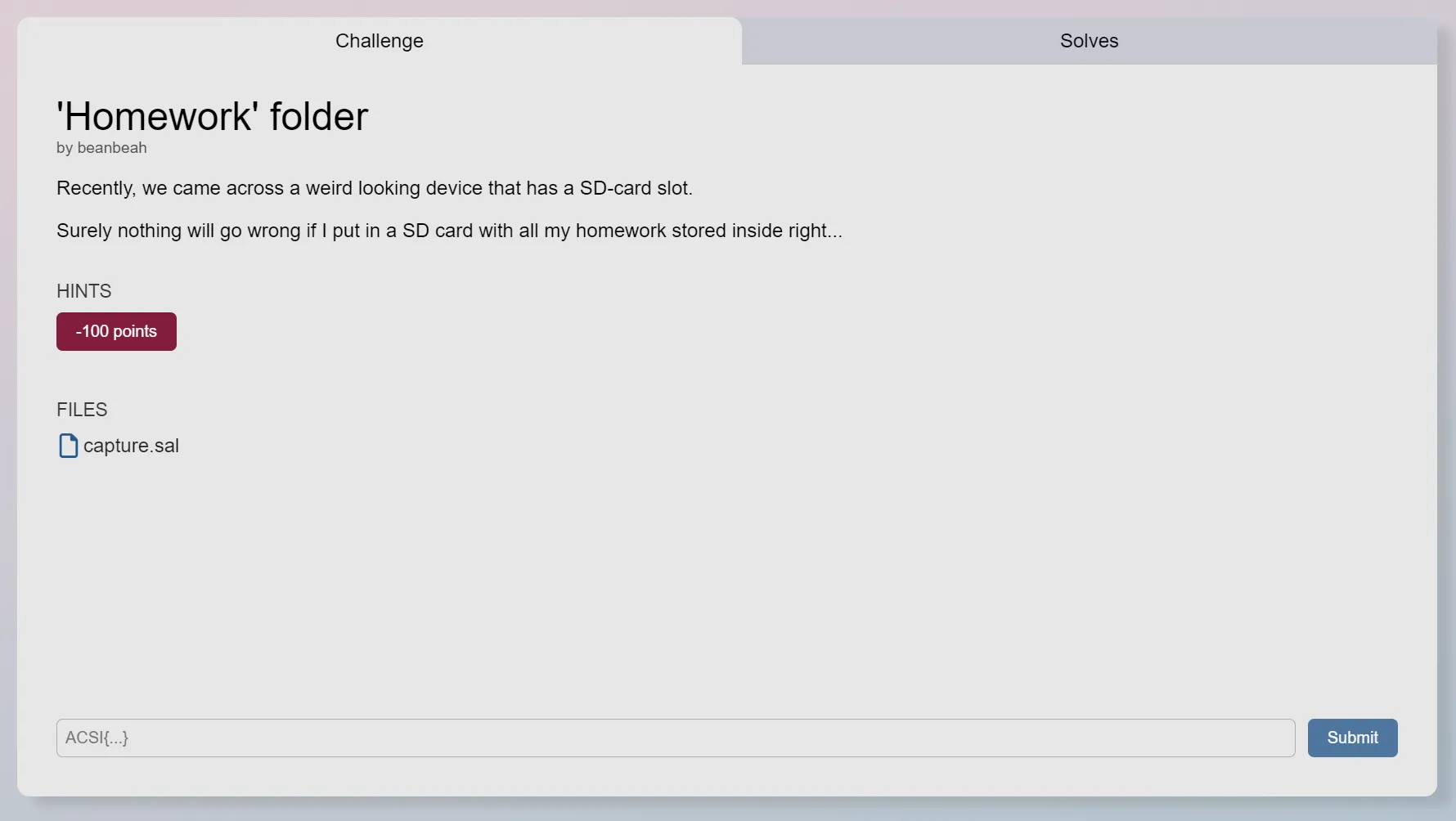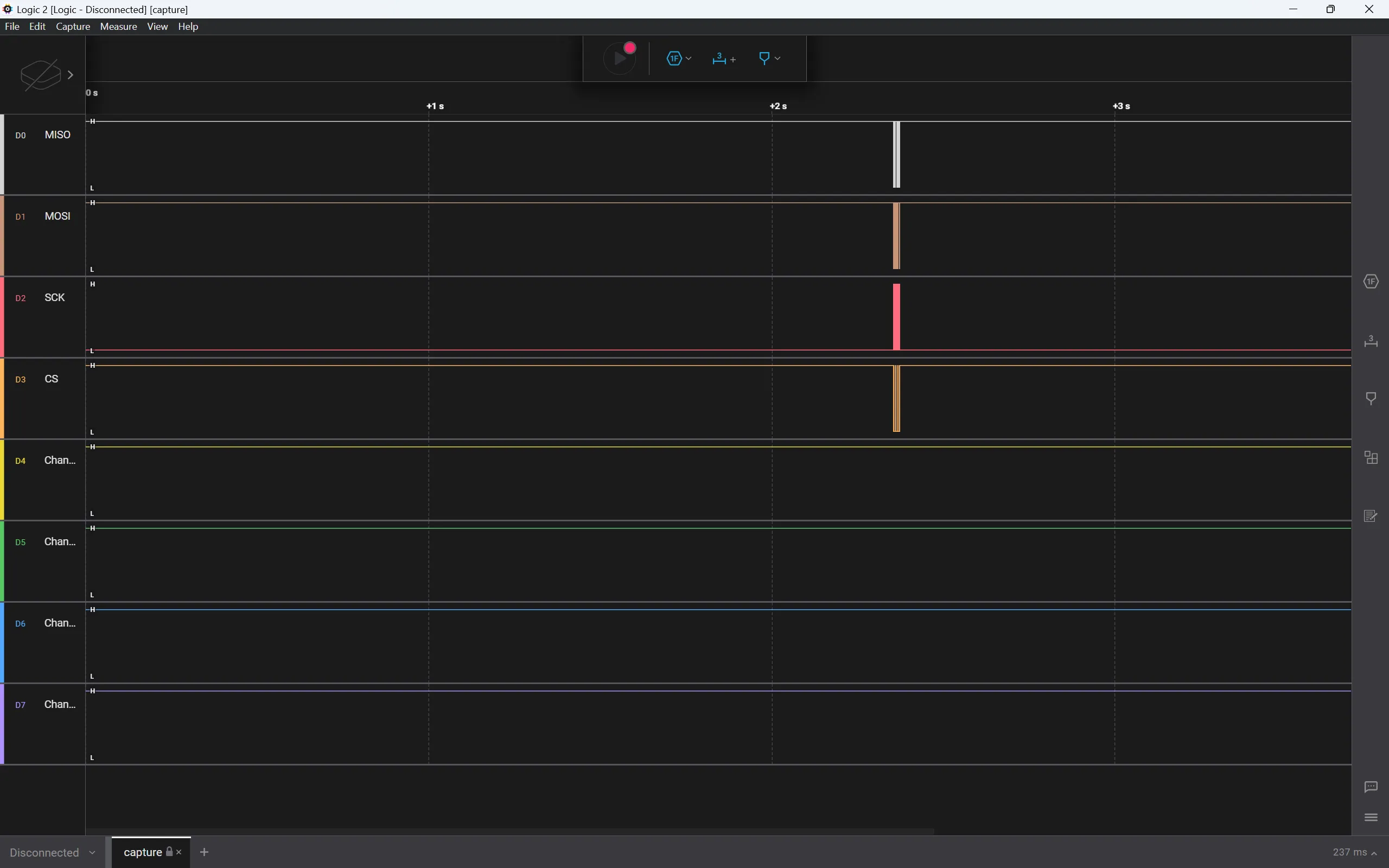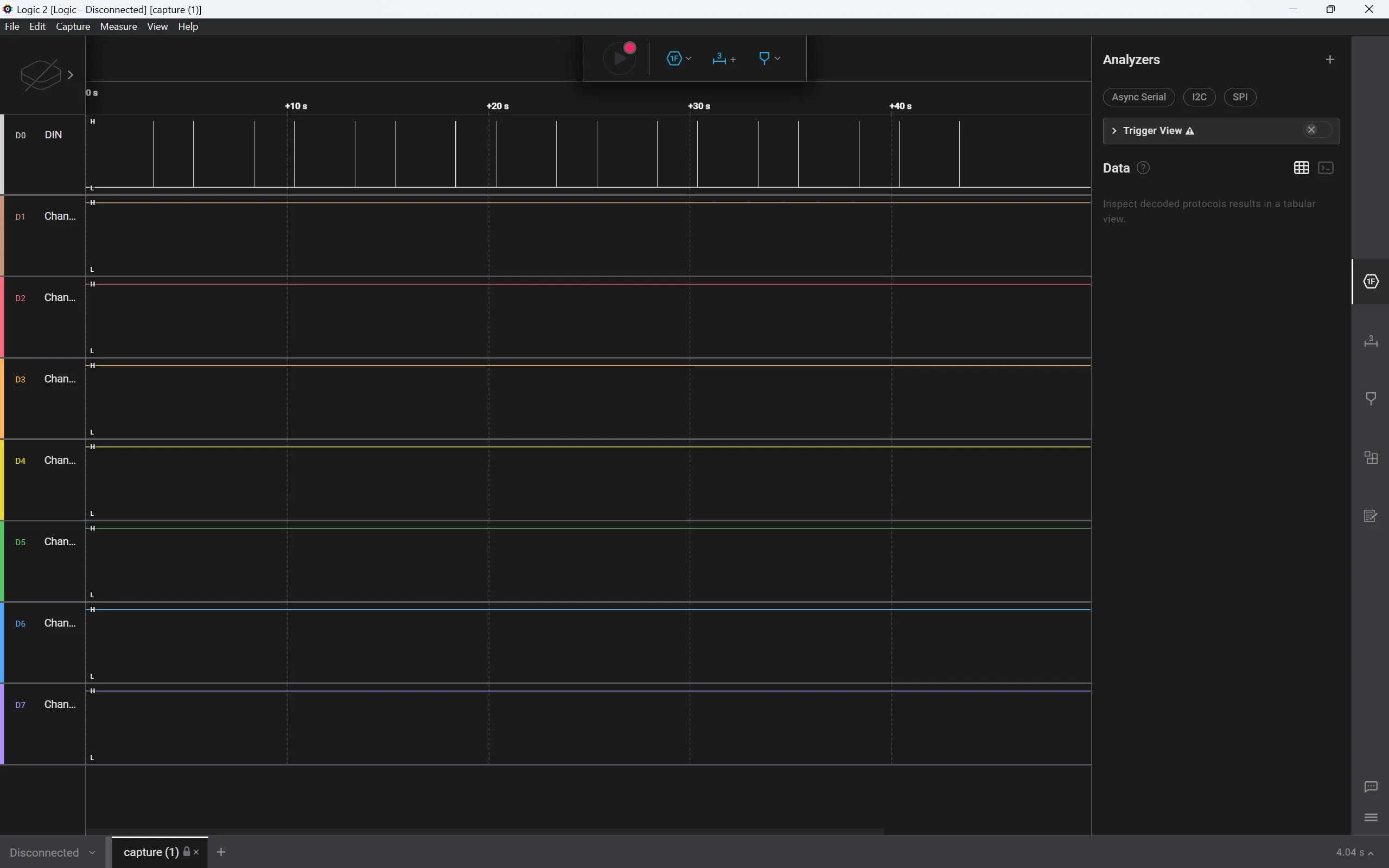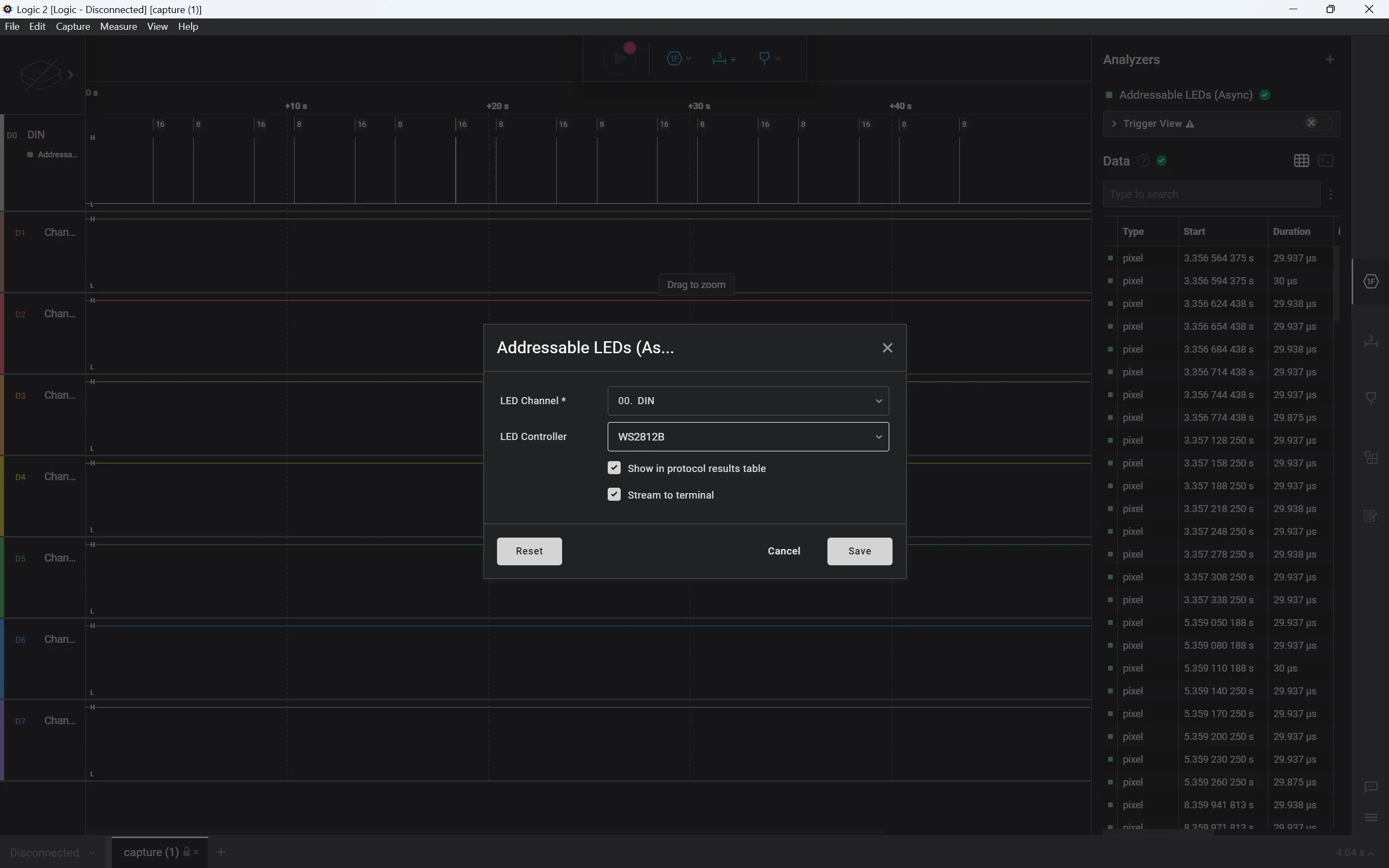I recently took part in the HACK@AC 2024 CTF (which was objectively easier than Blahaj CTF btw), and I thought I’d do a couple write ups.
‘Homework’ folder
This challenge was classified as a forensics challenge, and the description was as follows:

Let’s go ahead and run a binwalk on capture.sal:
$ binwalk -e capture.sal
DECIMAL HEXADECIMAL DESCRIPTION----------0 0x0 Zip archive data, at least v2.0 to extract, name: digital-0.bin1684 0x694 Zip archive data, at least v2.0 to extract, name: digital-1.bin4235 0x108B Zip archive data, at least v2.0 to extract, name: digital-2.bin12377 0x3059 Zip archive data, at least v2.0 to extract, name: digital-3.bin13892 0x3644 Zip archive data, at least v2.0 to extract, name: digital-4.bin15319 0x3BD7 Zip archive data, at least v2.0 to extract, name: digital-7.bin16746 0x416A Zip archive data, at least v2.0 to extract, name: digital-5.bin18173 0x46FD Zip archive data, at least v2.0 to extract, name: digital-6.bin19600 0x4C90 Zip archive data, at least v2.0 to extract, name: meta.json21596 0x545C End of Zip archive, footer length: 22We cd into the _capture.sal.extracted directory and we’re met with a bunch of .bin files. Running a binwalk on these .bin files yield nothing interesting, so we turn to strings:
$ strings digital-0.bin<SALEAE>@A|^:AOc:AI|:A_HqAIP:L<2J':A
$ strings digital-1.bin<SALEAE>
$ strings digital-2.bin<SALEAE>After running it a couple times, we can see that each .bin file contains the string <SALEAE>. A quick google search tells us that this is the header for a Saleae Logic Analyzer file, so let’s go ahead and download the Logic 2 analyzer they have kindly provided us with (link).
After downloading it, we open capture.sal and we’re met with the following:

After filtering through the user manual for a good 30 minutes or so, we discover that the SPI Analyzer can be used to analyze the MISO and MOSI signals. let’s go ahead and add the SPI Analyzer:

Now we just need to search for the flag. My dumbass spent a good afternoon trying to manually find to flag until I realised I could have just gone to the data tab on the right and searched for a open brace ({).
…And yeah, that’s pretty much it. That’s the flag.
ACSI{d1d_y0u_r34d_th3_SD_SPI_sp3c5?}
speedran this during chinese so do expect some grammatical errors
Twinkle Twinkle
Twinkle Twinkle is likewise a forensics question consisting of a Saleae Capture File. Let’s load it into Logic:

Since the challenge mentions Neopixel (WS2812) LED lights, we can use the “Addressable LED” analyzer and choose “WS2812B” for the LED Controller.

The challenge also comes with a markdown file describing the data transfer protocol. Here’s the abridged version:
- A new packet starts with LED 0 displaying solid white for 2 seconds while the rest are off.
- After 2 seconds, LED 0 is set to either Red, Green, or Blue, indicating the data channel for the current packet.
- Hex data is encoded into the color intensities on LEDs 1-7. The chosen channel carries the actual data, and the other two channels are set to random intensities. Each LED from 1-7 represents one byte of hex data, encoding a total of 7 bytes per
After analyzing the data, we discover that each packet contains 24 rows, with the useful data only being shown in the last 8 rows. The first data transmission occurs at roughly around the 5s mark, with the green LED lighting up. Following the 0xFF of the first row are 7 other hex numbers, each representing a character in the flag.
Below is the data for the first transmission:
| name | type | start_time | duration | index | red | green | blue |
|---|---|---|---|---|---|---|---|
| Addressable LEDs (Async) | pixel | 5.35905019 | 2.99375e-05 | 0x00 | 0x00 | 0xFF | 0x00 |
| Addressable LEDs (Async) | pixel | 5.35908019 | 2.99375e-05 | 0x01 | 0x13 | 0x41 | 0x9E |
| Addressable LEDs (Async) | pixel | 5.35911019 | 3e-05 | 0x02 | 0x26 | 0x43 | 0xAF |
| Addressable LEDs (Async) | pixel | 5.35914025 | 2.99375e-05 | 0x03 | 0xC5 | 0x53 | 0x72 |
| Addressable LEDs (Async) | pixel | 5.35917025 | 2.99375e-05 | 0x04 | 0x44 | 0x49 | 0xBC |
| Addressable LEDs (Async) | pixel | 5.35920025 | 2.99375e-05 | 0x05 | 0x6D | 0x7B | 0x78 |
| Addressable LEDs (Async) | pixel | 5.35923025 | 2.99375e-05 | 0x06 | 0x50 | 0x6E | 0x66 |
| Addressable LEDs (Async) | pixel | 5.35926025 | 2.9875e-05 | 0x07 | 0x2F | 0x30 | 0x66 |
Let’s extract the data from the green LED and convert it to ASCII:
0x410x430x530x490x7B0x6E0x30This converts to ACSI{n0, which means we’re probably on the right track. Let’s continue:
| name | type | start_time | duration | index | red | green | blue |
|---|---|---|---|---|---|---|---|
| Addressable LEDs (Async) | pixel | 10.3624004 | 2.99375e-05 | 0x00 | 0x00 | 0x00 | 0xFF |
| Addressable LEDs (Async) | pixel | 10.3624304 | 2.99375e-05 | 0x01 | 0x8E | 0x4F | 0x74 |
| Addressable LEDs (Async) | pixel | 10.3624604 | 2.99375e-05 | 0x02 | 0xA0 | 0x34 | 0x5F |
| Addressable LEDs (Async) | pixel | 10.3624904 | 2.99375e-05 | 0x03 | 0x03 | 0x7C | 0x76 |
| Addressable LEDs (Async) | pixel | 10.3625204 | 2.99375e-05 | 0x04 | 0x72 | 0x20 | 0x33 |
| Addressable LEDs (Async) | pixel | 10.3625504 | 2.99375e-05 | 0x05 | 0x46 | 0x12 | 0x72 |
| Addressable LEDs (Async) | pixel | 10.3625804 | 3e-05 | 0x06 | 0xBD | 0x7B | 0x79 |
| Addressable LEDs (Async) | pixel | 10.3626105 | 3e-05 | 0x07 | 0x74 | 0xBE | 0x79 |
Let’s extract the data from the blue LED:
0x740x5F0x760x330x720x790x79This converts to t_v3ryy.
Let’s do it for the next transmission:
| name | type | start_time | duration | index | red | green | blue |
|---|---|---|---|---|---|---|---|
| Addressable LEDs (Async) | pixel | 15.3657717 | 2.99375e-05 | 0x00 | 0x00 | 0xFF | 0x00 |
| Addressable LEDs (Async) | pixel | 15.3658017 | 2.99375e-05 | 0x01 | 0x38 | 0x79 | 0x11 |
| Addressable LEDs (Async) | pixel | 15.3658317 | 2.99375e-05 | 0x02 | 0x9D | 0x5F | 0xE6 |
| Addressable LEDs (Async) | pixel | 15.3658617 | 2.99375e-05 | 0x03 | 0x03 | 0x73 | 0x8B |
| Addressable LEDs (Async) | pixel | 15.3658917 | 2.99375e-05 | 0x04 | 0x4F | 0x33 | 0xCC |
| Addressable LEDs (Async) | pixel | 15.3659217 | 2.99375e-05 | 0x05 | 0x42 | 0x63 | 0x16 |
| Addressable LEDs (Async) | pixel | 15.3659517 | 2.99375e-05 | 0x06 | 0xA7 | 0x75 | 0xD0 |
| Addressable LEDs (Async) | pixel | 15.3659817 | 3e-05 | 0x07 | 0x8D | 0x72 | 0x9B |
The data from this converts to y_s3cur.
After doing the same for the next few transmissions, we get the following:
0x330x330x5f0x6d0x330x730x730x610x670x310x6E0x670x5F0x350x790x350x740x330x6D0x5F0x660x640x620x380x630x610x320x360x7dThis converts to 33_m3ssag1ng_5y5t3m_fdb8ca26}. After assembling the flag, we get ACSI{n0t_v3ryyy_s3cur33_m3ssag1ng_5y5t3m_fdb8ca26}.
Webmentions for this post
1 Mention

Webmention Rocks!
Vist the source of this webmentionThis test verifies that you accept a Webmention request that contains a valid source and target URL. To pass this test, your Webmention endpoint must return either HTTP 200, 201 or 202 along with the appropriate headers. If your endpoint returns HTTP 201, then it MUST also return a Location header. If it returns HTTP 200 or 202, then it MUST NOT include a Location header.
Responses powered by Webmentions